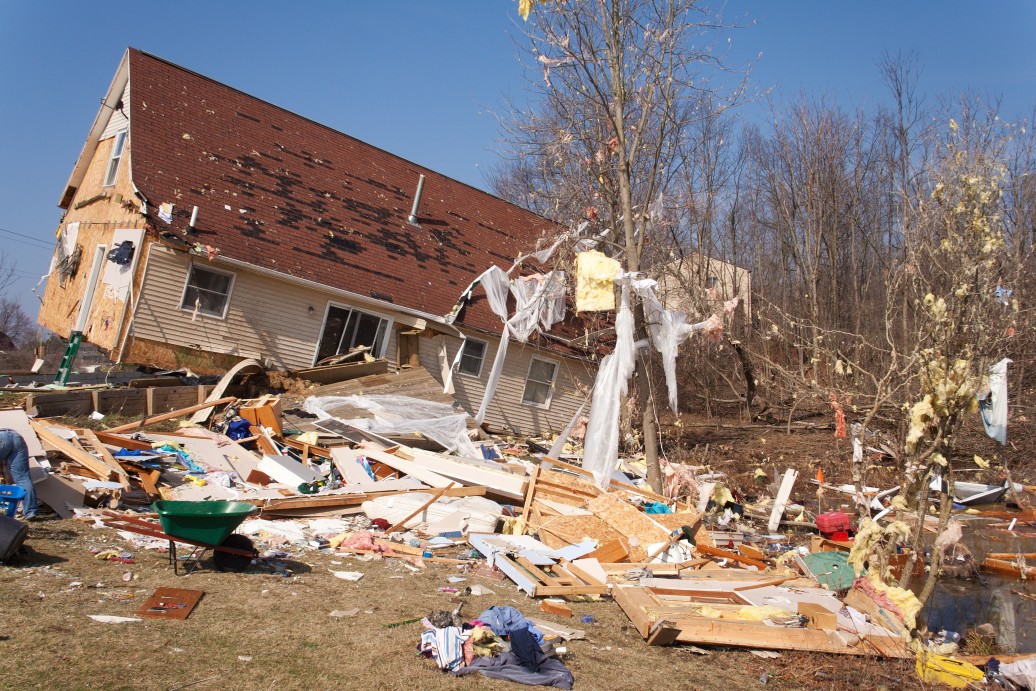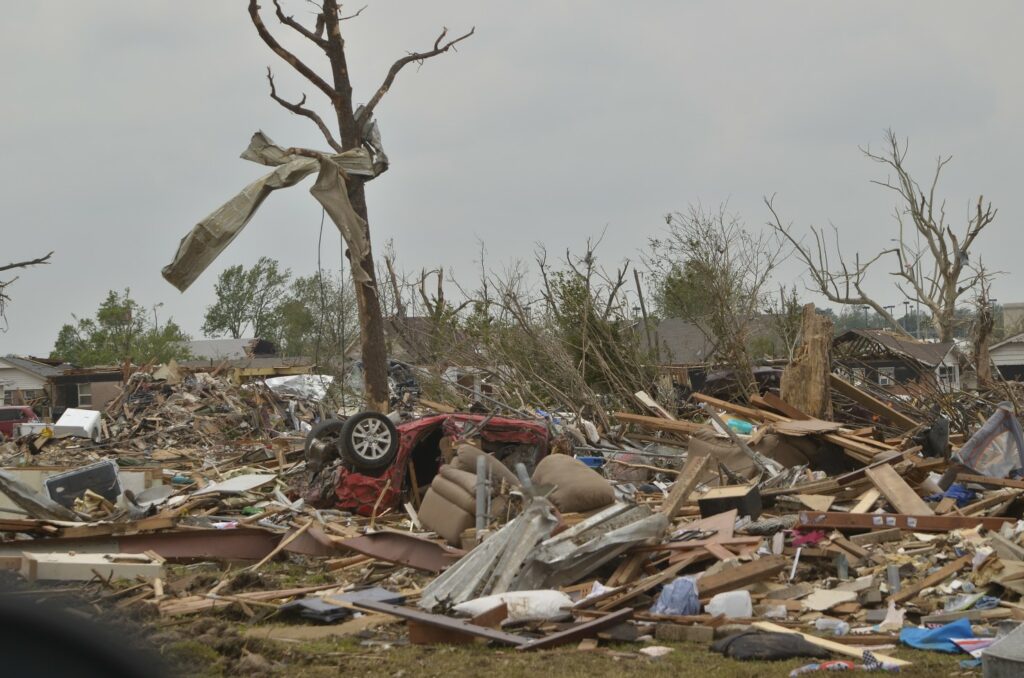
Heavy Rain, Flooding, and Chance of Severe Weather Staring Down the Southern U.S.
January 22, 2024
Posted: December 30, 2023 11:02 am





A trio of severe weather outbreaks across the southern and central U.S. over the last few weeks has proven that the month of January can provide more than classic winter weather. Depending on the atmospheric conditions, the first month of the year can also produce severe storms that create tornadoes. While January is the third least likely month of the year to see tornadic activity, you cannot rule out these isolated twisters.
Tornadic development requires a unique combination of unstable air that pairs with an influx of moisture to fuel these outbreaks. This moisture commonly comes up from the Gulf of Mexico, spurning tornadoes in the South and the Midwest. However, the months of December, January, and February typically lack this moisture-rich air in abundance. Because of this, tornadoes are not as common during the winter months.
However, there is a small part of the country that is still on the receiving end of this moisture from the Gulf even during the winter season. This region includes the Gulf Coast states and the lower Mississippi Valley. This is why this part of the U.S. is the most susceptible to tornadoes during the time of the year that the rest of the country is cut off from the moisture.

Records from the Tornado Archive dating back to 1875 show that there have been almost 2,000 confirmed tornadoes spread across 33 states over the course of January. It is not surprising to learn that the greatest concentration of these twisters has happened in states that border the Gulf of Mexico simply due to the amount of moisture that filters up from this warm body of water.
However, there have also been January tornadoes recorded in states located a great distance from the Gulf. This includes the states of Oregon, Washington, New Jersey, California, and Pennsylvania.
While tornadic outbreaks are typically rare in January, this year has seen an unusually high number of twister touchdowns. Heading into the week of January 16, there were already 124 preliminary reports of tornadoes, according to the latest data from the National Weather Service (NWS) Storm Prediction Center (SPC). This preliminary estimate could take months to verify.
Going back to the turn of the century, there was only one year that saw over 100 tornadoes during this month. That happened in 2017 when a severe weather outbreak lasted for four days during the middle of the month. This outbreak was blamed for at least 20 deaths as it whipped up across the Southeast. There were three confirmed EF3 tornadoes associated with this outbreak, including one that was on the ground for over 70 miles in southern Georgia. The outbreak was so severe that it claimed more lives during this short time period than what all of 2016 experienced.
January 2020 was also a notable month for severe weather including tornadoes. A two-day outbreak in the Southeast and the southern Plains ignited 82 tornadoes responsible for at least 10 deaths, multiple injuries, and significant amounts of structural damage in a zone stretching from Texas into Georgia.
The bottom line is that while January is not usually associated with severe weather, you can never rule out the risk of tornadoes if there are storms in your local forecast. This is why it is always important to be aware of developing weather in your area.
Did you find this content useful? Feel free to bookmark or to post to your timeline for reference later.

January 21, 2024

January 19, 2024

January 18, 2024